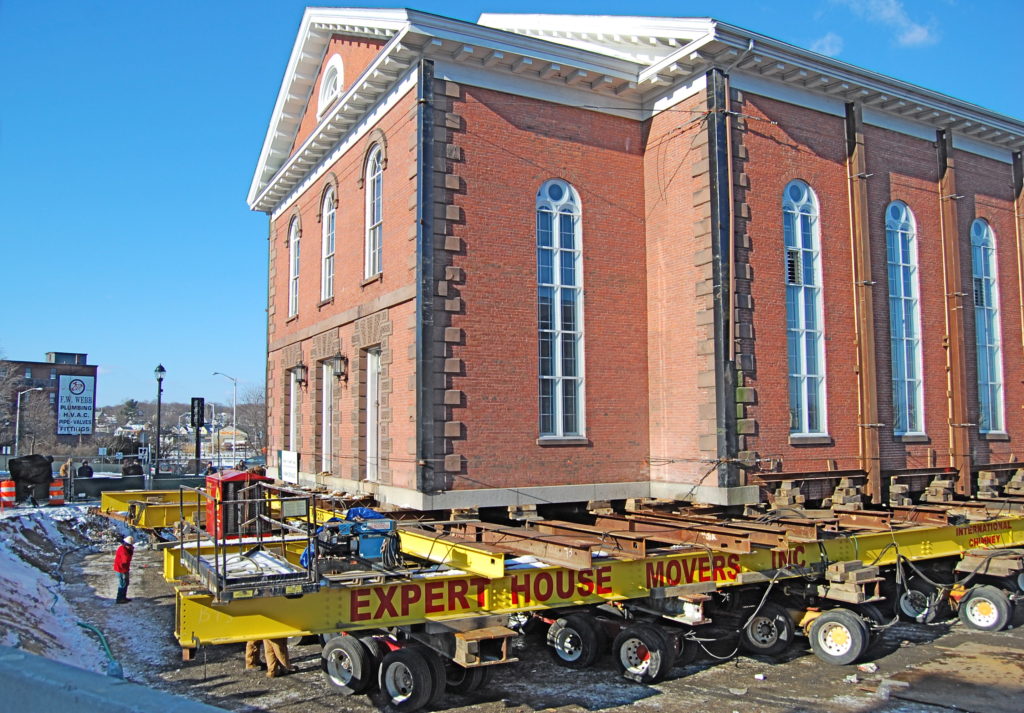
As you already know or will soon experience, there are plenty of advantages and benefits to working exclusively, primarily or even occasionally out of a home office.
For starters, avoiding the commute to and from corporate HQ will save you time, money and stress, while it reduces your ecological footprint. What’s more, you might even be able to deduct a portion of your mortgage, home insurance and home maintenance or repair costs (ensure that you get advice from an accountant before filing your tax return). And of course, if you’re a working parent or, like a growing number of people, if you’re tasked with caring for an aging parent or other relative, working from home can make that happen.
However, there are pros and cons to just about everything, and working from home is no exception — especially when it comes to office space. Simply put, there’s usually a severe lack of it, and even the term “home office” may be a bit on the glorious side. Often, a home office is tucked away in the basement or guest room, or might commandeer the den or even a corner in the kitchen.
Fortunately, there are some simple and cost-effective ways to maximize your home office, and make it look, feel and function as “big” as possible. According to interior solutions firm Key Interiors, here are some tips to keep in mind:
1. Go with lighter wall colors.
Lighter colors create the illusion of larger space — and when every square inch is precious, illusions are perfectly fine. If painting the walls isn’t a good or affordable idea, then consider installing wall colorings or hanging artwork that captures a lighter color palette (which doesn’t have to be white or beige if you find them on the boring side!).
2. Declutter like there’s no tomorrow.
Nothing makes a small space even smaller — and more difficult and stressful to work in — than clutter. As such, use space-saving storage bins to get rid of as much clutter as possible. Anything that you don’t touch at least once a week (like those clunky Yellow Pages that you haven’t cracked open in the last 15 years) should either be moved to storage (attic, basement, off-site, etc.), or sent to the trash dump or recycling facility.
3. Reset, reset and reset.
Resetting is the process of putting things in a room (or space in a room) back to its original order when leaving, so that when you return the room is ready for usage. At first, resetting takes some getting used to, and it’ll be hard to see the time saving advantage. But trust me: in the long run, you’ll save hours of time because when you head into your office you’ll immediately find everything where it’s supposed to be (stapler, business checks, batteries for your wireless mouse, etc.).
The Bottom Line
Working from a home office doesn’t mean that you have to get crowded out. The above tips can help make any small space feel and function much bigger than it is!


